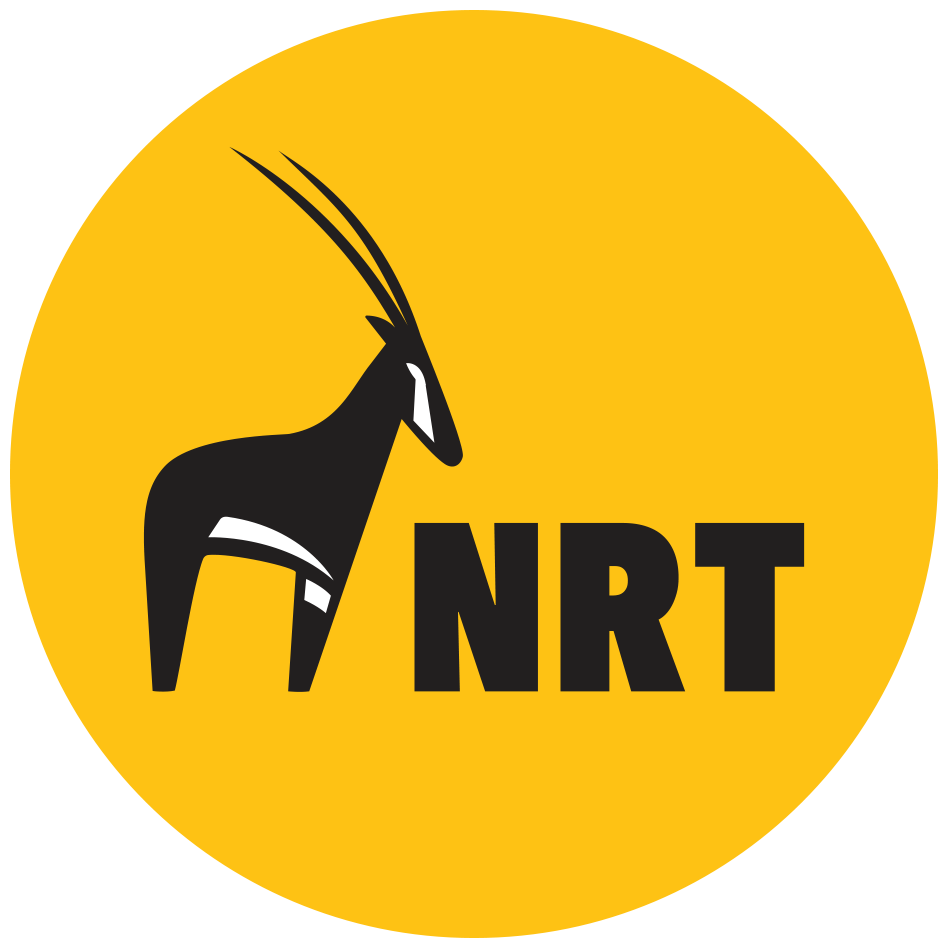#10Guardians; Meet Lekanaya, the Rhino Guardian
Lkilayio Lekanaya, the Rhino Guardian. Photo: Vivian Jebet_NRT
It is not every day that you hear about a conservation veteran who has dedicated practically his entire career to safeguarding an endangered member of the Big Five.
For Lkilayio Lekanaya, a senior ranger and monitoring specialist at Sera Rhino Sanctuary—East Africa's first and only community-owned black rhino sanctuary, reporting to work at 5 a.m. daily to begin his patrols is fulfilling.
“I love what I do. I wouldn’t want any other job,” 48-year-old Lkilayio says. For the past five years, Lkilayio has monitored rhinos in the Sanctuary, bringing his total conservation experience to 18 years.
He began his career as a ranger in Sera Community Conservancy, a member of the Northern Rangelands Trust (NRT). While at Sera, Lkilayio was offered the chance to participate in a one-and-a-half-month rhino monitoring training, which he undertook, increasing his knowledge. One fine day, while busy at work, Lkilayio received news that Sera Conservancy was recruiting rhino monitoring specialists for the Sanctuary. This was an opportunity to put what he had learnt into practice and Lkilayio jumped at it. He applied for the role and was hired, bringing his expertise as a ranger with him.
Lkilayio Lekanaya, the Rhino Guardian. Photo: Vivian Jebet_NRT
Lkilayio now leads a team of 18 rangers, protecting a total of 19 black rhinos. He assigns each of them a rhino (and a calf, if it has one) to monitor regularly. Lkilayio and the rangers protect the rhinos, track their movements and ensure they have enough forage and water. One of the most unique and fascinating aspects of rhino monitoring is spotting and caring for expectant rhinos. Once the rhino’s calving date has been determined, the designated ranger gives her special attention.
Lkilayio and his team know all the rhinos under their care by name and appearance.
Why does Lkilayio put his life on the line for rhinos? “I've been entrusted with the care of the rhinos by the (Sera) community. I feel honored to serve.” He responds. The black rhinos attract tourists to Sera Conservancy. Tourism provides much-needed income to the community and directly benefits community members by creating job opportunities.
Lkilayio Lekanaya, the Rhino Guardian. Photo: Vivian Jebet_NRT
Within Sera Rhino Sanctuary, Lkilayio's Swahili moniker is ‘Mzee wa Kifaru’, loosely translating to 'The Rhino Guardian'. His colleagues joke that when he retires, the Sanctuary should celebrate him by giving him a black rhino calf to rear at his home.
Thanks to the valiant efforts of Lkilayio and his team, Sera Rhino Sanctuary’s black rhinos have a bright future, and Sera Community Conservancy is pioneering the community-driven conservation of species on the verge of extinction in East Africa and possibly all of Africa.
The impact of Sera rhino sanctuary is possible through support from Fauna and Flora International (FFI), San Diego Zoo Alliance (SDZA), WWF-Kenya, Save The Elephants (STE), Save The Rhino, Saruni, USAID, The Nature Conservancy and DANIDA, Tusk Trust, Connected Conservation, European Union, Don Cotton, Beatrice W. Karanja, Agence Française de Développement (AFD), the French Facility for Global Environment (FFEM) and Rainforest Trust.



